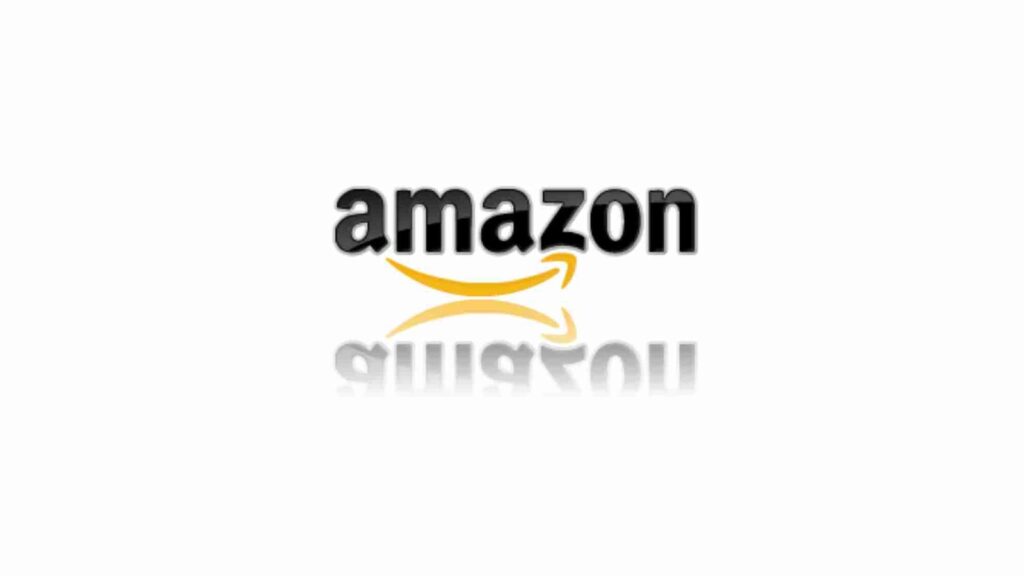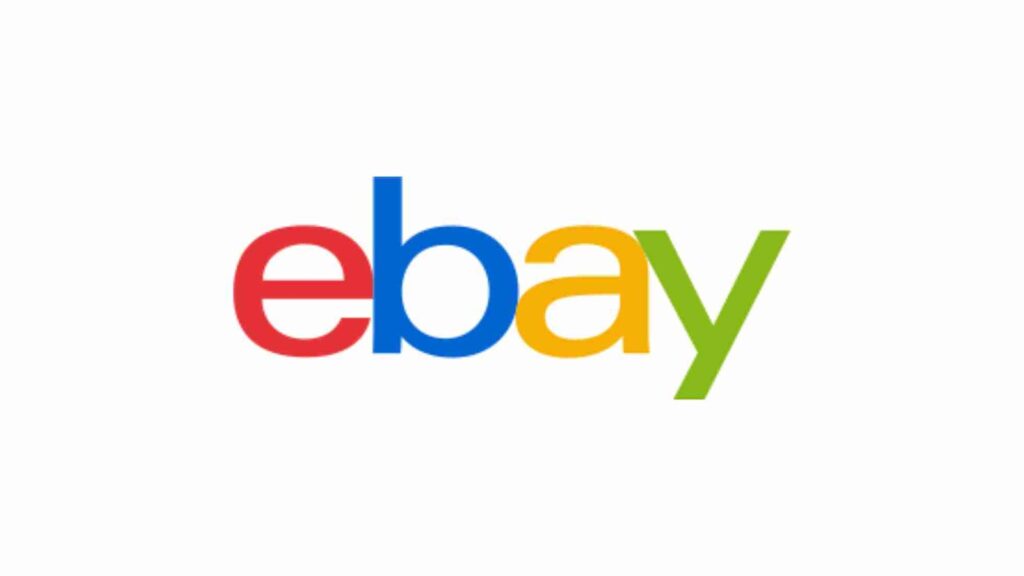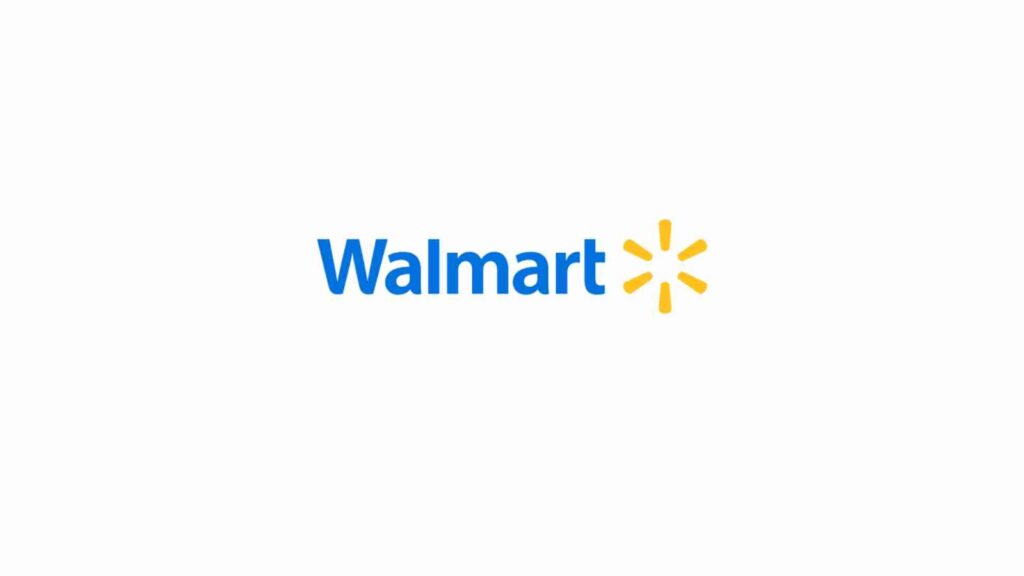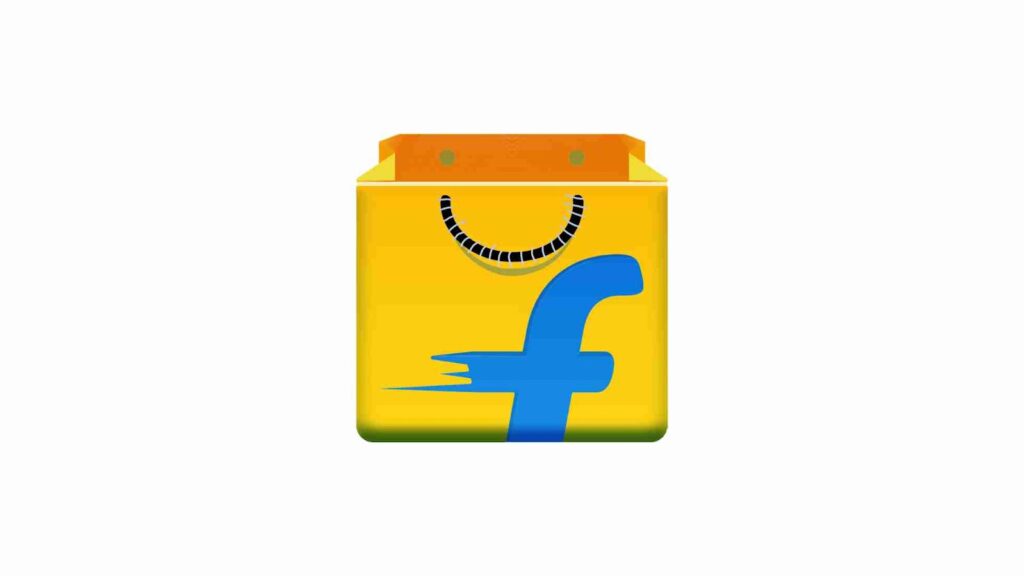Last updated - January 8, 2024
Shopping applications have completely changed the game when it comes to how we purchase in this crazy, hectic world where convenience is everything. Seriously, they’ve thrown the entire buying process on its head! With just a swipe of the finger, we can now browse a vast selection of products and even conduct ultra-secure transactions without ever leaving our comfortable homes.
Especially for those who want to create a shopping app, we’ll delve into the world of commerce apps, exploring their relevance in 2024, their core functions, how to make money from them, and the app development process.
What’s a Shopping App, Anyway?
Let’s define a shopping application briefly so that everyone is clear on what it is before getting into the specifics. In essence, it’s an interesting mobile app that you may download on your phone or tablet. It’s similar to a magical doorway that enables you to search for items, find them, and even purchase them all from the palm of your hand.
There is no longer a need to go through the inconvenience of utilizing a computer or visiting a real business. These apps are extremely user-friendly and will make your purchasing experience a delight. You can quickly locate what you’re looking for because of their user-friendly layout, which just makes everything so much simpler.
Why are these Apps Relevant in 2024?
In the digital age, commerce applications have become insanely popular, and they have no intention of decreasing anytime soon. From before to during the coronavirus pandemic, the share of respondents who shopped via app increased by 45%.
With advances in technology and the widespread use of smartphones, more and more people are turning to shopping apps to fulfill their retail needs. They are the number one choice for consumers all around the world because they are incredibly convenient and can connect people with a vast variety of products anytime, anyplace.
Additionally, these commerce apps will improve in 2024 by introducing some fun new features that will raise the bar for the entire shopping experience.
The Best Examples of Shopping Applications
You’ve probably heard of the biggest players among shopping apps, and maybe you even use some of them to make purchases. But here are some of the best examples of shopping applications that have gained popularity and success:
Amazon


Amazon is one of the largest and most popular online marketplaces worldwide. It is the leading eCommerce marketplace with a market cap of $857 billion. It offers a wide range of products, fast delivery, secure payments, and personalized recommendations. The app provides a seamless shopping experience with features like one-click purchasing, product reviews, and easy returns.
eBay


eBay is an online auction and shopping platform that allows users to buy and sell a variety of products. It offers a user-friendly interface, secure payments, and features like bidding, product tracking, and seller ratings. eBay also provides a global marketplace, connecting buyers and sellers from around the world.
AliExpress


AliExpress is a popular shopping app that connects buyers with sellers from China and other countries. It offers a vast range of products at competitive prices, along with buyer protection and secure payment options. AliExpress also provides features like product search, personalized recommendations, and customer reviews.
Walmart


Walmart is a multinational retail corporation that offers an extensive range of products online. Its shopping app provides features like easy navigation, in-store pickup, same-day delivery, and savings through coupons and discounts. Walmart also integrates with its physical stores, allowing users to check product availability at nearby locations.
Etsy


Etsy is a marketplace focused on unique, handmade, and vintage products. The app provides a platform for independent sellers to showcase their creations and connect with buyers worldwide. Etsy offers features like personalized recommendations, secure transactions, and a community of creative sellers and buyers.
Flipkart


Flipkart is one of the largest e-commerce platforms in India. It offers a wide range of products across various categories, including electronics, fashion, and home goods. The app provides features like flash sales, product reviews, secure payments, and easy returns. Flipkart also offers additional services like grocery delivery and mobile recharge.
Zalando


Zalando is a popular fashion shopping app in Europe. It offers a wide selection of clothing, shoes, and accessories for men, women, and children. The app provides features like personalized recommendations, easy browsing, secure payments, and free returns. Zalando also offers style inspiration, fashion trends, and exclusive deals.
These examples showcase different approaches to shopping apps, from general marketplaces to niche-focused platforms. They provide inspiration for creating a successful shopping app by offering a seamless user experience, wide product selection, secure transactions, and additional features that cater to the needs of their target audience.
Key Functions that Make a Shopping App Tick


Shopping applications come equipped with a range of functions that cater to the needs of both shoppers and businesses. Let’s take a closer look at some of the main features that make these apps indispensable.
Catalog
These apps provide users with a comprehensive catalog of products or services. This catalog showcases available options, along with detailed descriptions, images, and pricing information.
Product Search
One of the most useful features of a shopping app is the ability to search for specific products. Users can simply enter keywords or use filters to refine their search, making it easier to find exactly what they’re looking for.
Shopping Cart
The apps allow users to add items to their virtual shopping carts, enabling them to keep track of their selected products. This feature offers convenience and flexibility, allowing users to review their choices before making a final purchase.
Secure Transactions
They ensure that all of your transactions take place in an extremely secure and encrypted environment. There are many various payment alternatives available, and they have these payment gateways that are just as secure as homes.
Wishlist
Shopping applications often include a wishlist feature that lets users save products they’re interested in for future reference. This feature enables users to create personalized collections of desired items, making it easier to track and purchase those products later.
Reviews and Ratings
Many apps incorporate a review and rating system, allowing users to share their experiences and opinions about products they have purchased. This feature helps potential buyers make informed decisions by providing insights into the quality, usability, and overall satisfaction of products, ultimately enhancing the trust and credibility of the app and its offerings.
How to Make Money on a Shopping App?
Now that we have a good understanding of the key functions, let’s explore how you can monetize a shopping app. Here are a few popular strategies:
In-App Purchases
Many commerce apps offer additional features, premium content, or exclusive products for purchase within the app. This approach allows users to enhance their shopping experience while generating revenue for the app owner.
Advertising
The designers have a clever little trick under their sleeves. To make money through ad placements, they are sneaking those tailored adverts straight inside the program. They can appear as interstitials, banners, or those sponsored product listings.
Affiliate Marketing
These apps can collaborate with retailers or brands and earn a commission for every sale generated through their app. This mutually beneficial approach incentivizes app owners to promote products while generating revenue through successful transactions.
Subscription Model
We have shopping apps that connect you with paid memberships and get you access to exciting features, special savings, early access to sales, and personalized suggestions. It increases revenue and keeps clients coming back for more.
Data Monetization
They gather a variety of useful user data, such as consumer purchasing habits, browsing history, and even demographic information. The app owners can begin spotting trends in how people behave and what they are interested in once they have stripped it of all personal information and combined it all.
They may make a ton of money by selling this juicy information to other businesses, including advertisers, market researchers, and retailers looking to strike the mark with their advertising!
Remember, the success of your monetization strategy depends on factors such as user engagement, app quality, and market demand. It’s important to analyze your target audience, competition, and industry trends to choose the most suitable monetization methods for your shopping app.
Developing a Commerce App
Things to Know
Now that we understand the benefits and revenue streams, let’s discuss some of the main things you should certainly know and do before developing a commerce app. Here are the key steps involved:
Approximate capital
The financial commitment required to create a great commerce app is flexible. Everything depends on a variety of factors, like how upscale you want the features to be, whether you’re using iOS, Android, or both, and how fancy you want the design to be.
Therefore, if you’re looking at a basic app, you might only be talking about a few thousand dollars. On the other hand, if you go all out with bells and whistles, you can be looking at tens of thousands of large ones.
Pre-development preparation
Before diving into the development pool, you need to put in some serious effort. That game of market research is the key. You need to do some work, identify your target audience, research the competitors, and keep up with the most recent trends.
Once you have all of the information in place, you should decide on the essential features of the app, create some wireframes, and create a strong business strategy.
Development Companies
You better have some serious technological know-how on hand if you want to create a killer shopping app. Therefore, it makes sense to work with a reliable app development team. You’re in luck since there are lots of businesses out there that specialize in creating custom commerce apps. They have everything you need, from beginning to end. The details like design, development, testing, and deployment will be taken care of by them.
The Development Process
To have a better idea of a shopping app development process we have listed the main aspects of it below:
Define your app’s objectives and features
Determine the purpose of your shopping app and list the essential features you want to include. This can include product browsing, searching, shopping cart, secure payment options, order tracking, user profiles, and more.
Conduct market research
Analyze the market and competition to identify trends, user preferences, and potential opportunities. This will help you understand the needs of your target audience and differentiate your app from competitors.
Create a wireframe and design the user interface (UI) and user experience (UX)
Develop a visual representation of your app’s layout and navigation using wireframing tools. Design an intuitive and visually appealing UI/UX that enhances the user experience and encourages engagement.
Choose the right technology stack
Select the appropriate technology stack for your shopping app, considering factors such as scalability, performance, and development time. Common technologies used for app development include React Native, Flutter, or native development for specific platforms (iOS, Android).
Develop the front-end and back-end
Start building the front-end of your app, which includes coding the UI elements, implementing navigation, and integrating the required features. Simultaneously, develop the back-end to handle data storage, user authentication, and other server-side operations. Use programming languages and frameworks like JavaScript, Swift, Kotlin, or Python, depending on your chosen technology stack.
Implement secure payment gateways
Integrate trusted and secure payment gateways to handle transactions within your app. Ensure that user payment information is encrypted and protected to build trust and maintain security.
Test and debug
Conduct thorough testing to identify and fix any bugs or issues. Perform functional testing, usability testing, and compatibility testing on various devices and platforms to ensure a smooth user experience.
Publish your app
Submit your app to the respective app stores (Google Play Store, Apple App Store) following their guidelines and policies. Prepare the necessary app stores assets, such as app descriptions, screenshots, and icons, to optimize your app listing.
Gather user feedback and iterate
Monitor user feedback and reviews to identify areas for improvement. Continuously update and enhance your shopping app based on user suggestions and emerging market trends.
Market and promote your app
Develop a marketing strategy to create awareness and attract users to your shopping app. Utilize various channels, such as social media, influencer collaborations, content marketing, and app store optimization (ASO) techniques, to drive downloads and user engagement.
Remember, the development process may vary depending on your specific requirements and the complexity of your shopping app. It’s important to plan, test, and iterate to create a high-quality and user-friendly shopping app that meets the needs of your target audience.
Creating your own app allows you to have full control over the branding, design, and user experience. You can tailor the app to match your brand identity and provide a unique shopping experience for your customers. However, if you have a limited budget, technical expertise, or time to develop and maintain your own app, shopping platforms, such as WooCommerce or Shopify, can provide a cost-effective solution.
In Conclusion
Shopping applications have transformed the retail landscape, offering unparalleled convenience and a seamless shopping experience. Their relevance in 2024 is undeniable as more consumers embrace the digital age and turn to mobile platforms for their retail needs.
By understanding the key functions, monetization strategies, and development process, you can seize the opportunity and create a successful commerce app that caters to the needs of modern consumers.
So, what are you waiting for? Dive into the world of shopping apps and unlock the potential for a thriving retail business in the palm of your hand!











